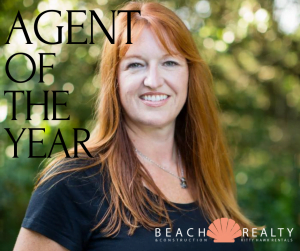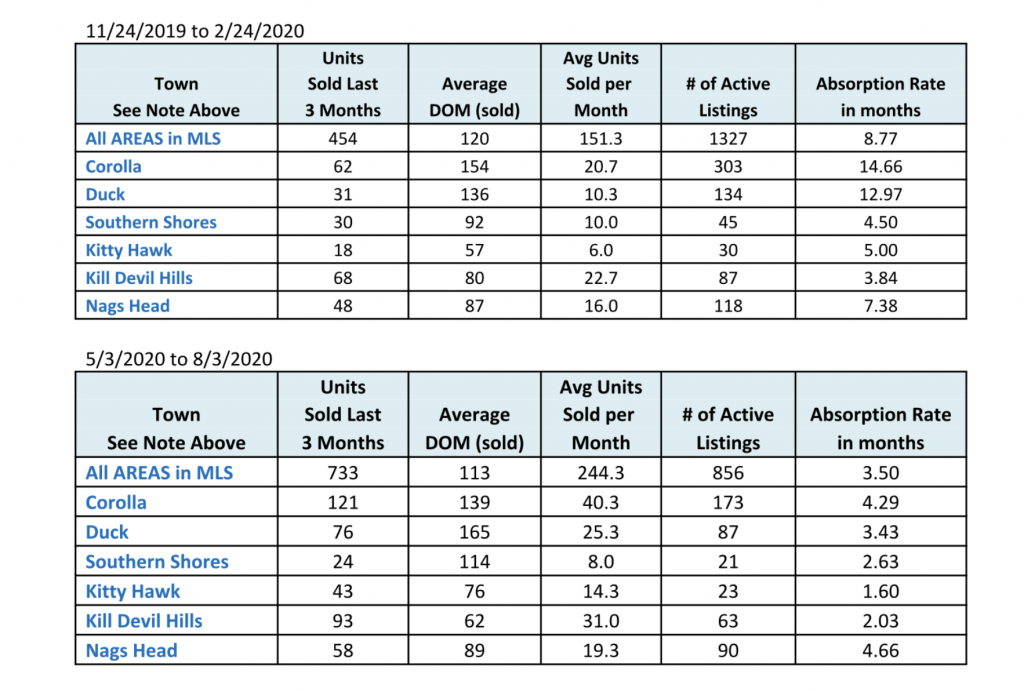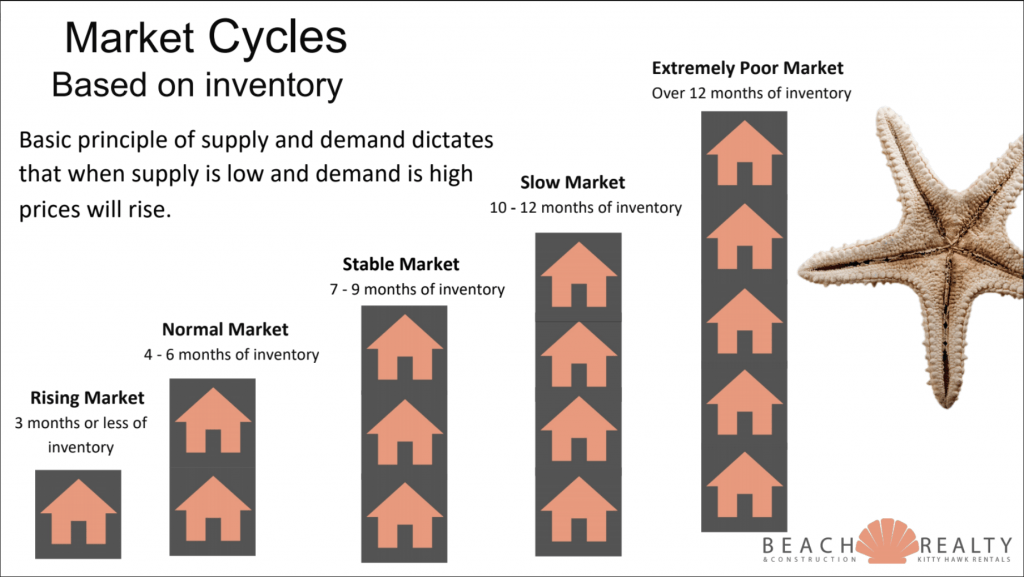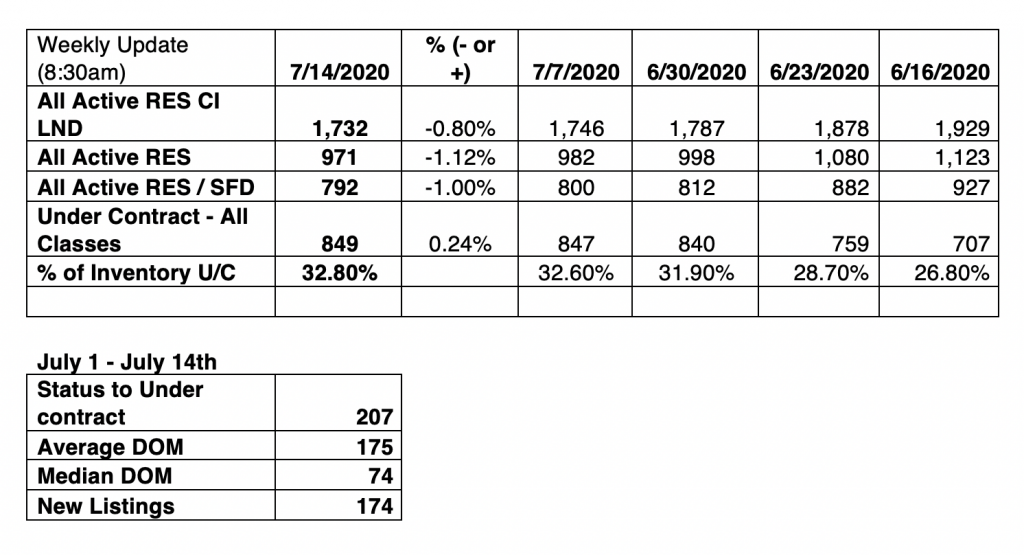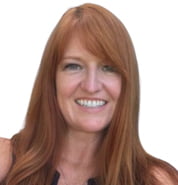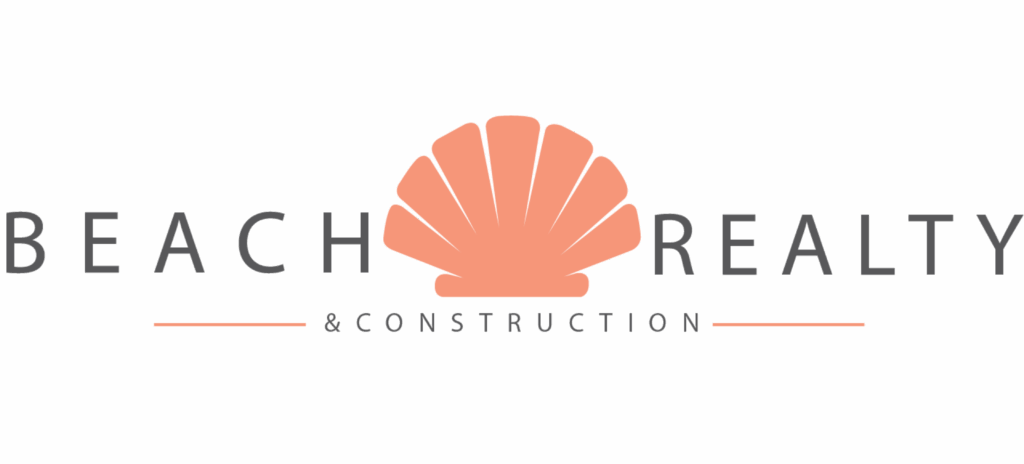Supply and demand. That’s the basic economic principle driving markets for decades. Here we are! Finally experiencing some movement in the northern beaches market, after the slowest recovery ever from the 2008 market crash.
Sellers – if you want to cash in – now is the perfect time! Condition is still important to maximize profits, so contact me before any repair work so we can make the most of your investment.
Buyers – be pre-qualified, ready to sign an offer, prepare to offer virtually, and be prepared to offer over asking price in many cases. You need someone scanning the new listings daily. Now is not the time to go unrepresented. Let me know if you’re looking!
Corolla
57 Active listings 108 Under Contract
Duck
23 Active listings 22 Under Contract
Southern Shores
15 Active listings 19 Under Contract
Kitty Hawk
6 Active listings 17 Under Contract
Kill Devil Hills
24 Active listings 65 Under Contract
Nags Head
38 Active listings 38 Under Contract
Now you can see what we are working with. Contact me if you have any questions about our current market.
I do predict it will last this way through the year.

